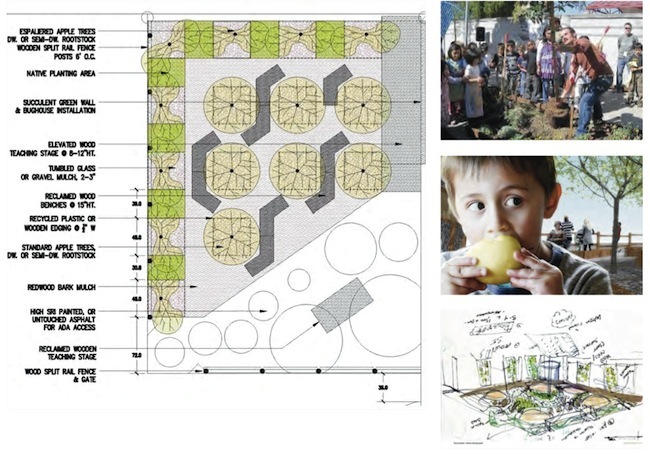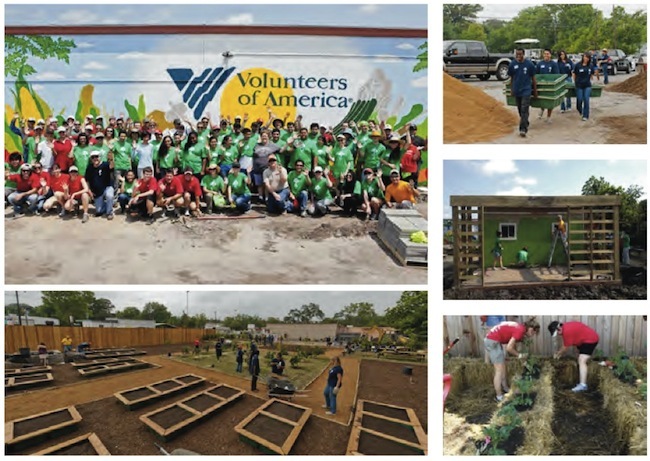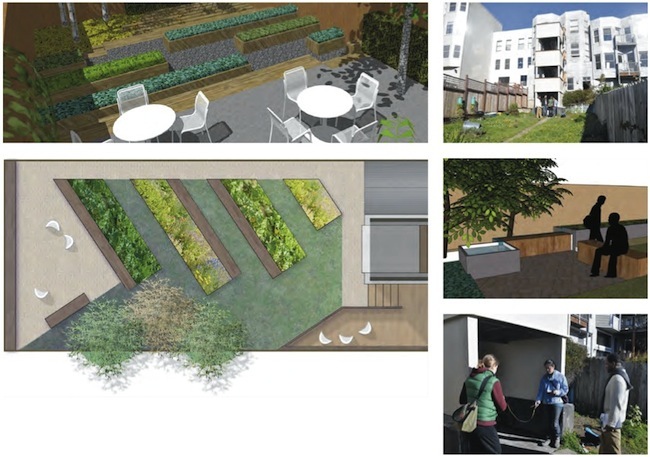Author: Chris Hardy
6 Ways Landscape Architects Benefit from Pro-Bono Work
Many landscape architects enter the profession for the social good of creating healthier places for people to live and play. And while these projects span both profit and non-profit models, one of the main paths to social impact design can be found in pro-bono work. Last year, Cinda Gilliland, a Principal at SWA’s Sausalito office, initiated an internal discussion on social impact design that later led to the launch of SWA’s pro-bono Social Impact Design Initiative (SIDI) and partnership with the 1% Program at Public Architecture. As an involved member of SIDI and SWA designer, I gave a lecture at ASLA’s Northern California Chapter last Spring. The following are six ways pro-bono work makes us better designers:
SWA Group San Francisco partnered with Argonne Elementary School, a San Francisco elementary School in the Richmond District to provide grant writing, budget estimates, design/programming, and construction oversight for native and edible gardens for the children of Argonne Elementary.
1. New and otherwise unavailable projects help us broaden our experience and train young and intermediate designers in on-the-ground project work;
2. Each project makes us better designers, particularly (and often) locally;
3. Younger staff can take ownership over the process in ways that might not be available yet in big office-wide projects within the firm and demonstrate leadership and project management skills;
In 2010, SWA was approached by an organization called CoreNet Houston to develop a 1/4 acre parking lot into something that would benefit the surrounding community.
4. The project is often an opportunity for mentorship and learning between staff and new contacts within the field;
5. Strategic volunteering–when a project is pro-bono at first but beneficial to the firm in the long-term–can bring projects that are otherwise unavailable to the firm. For example, when a community has a need for an amenity that’s very strong, but there’s no visioning documents or initial support, a landscape architect can assist with the visual and preliminary documents needed to get a project up and running to later phases;
6. Inter-office collaboration: with quick charrettes and idea brainstorming, you can meet people within the office and collaborate on a quick project with a tight timeframe and generate new ideas quickly.
SWA Group San Francisco is partnering with Baker Places, a residential treatment service that specializes in assisted housing for adults with mental health, substance abuse, and HIV/ AIDS related issues.
While initiatives such as SIDI are clearly great, volunteerism as a firm practice is still challenged by the bottom line and it’s too easy to conclude that if a job pays it should take priority over unpaid work. Granted, it’s harder to accept the risk associated with investment in volunteer services, but the potential results can strengthen our networks, enhance our public relations and even eventually generate paid projects. The business aspect of pro-bono work is not about the issues that attract us to donate our time, but how our volunteer efforts can turn around and support our livelihood. Strategic volunteerism can improve a company’s resilience by opening new relationships and opportunities.
There are potential pro-bono projects everywhere, yet many don’t happen either for lack of funding or the poverty of documented social capital and the vision needed to identify improvements. These visions are crucial in the application for and award of grants, and their absence results in a Catch-22: there may be a community need for a project, but no social or financial capital to document this need in order to secure funding; in other words, there is no cash to apply for cash—presenting a prime situation for strategic volunteerism.
Many visioning projects never materialize; many projects are denied funding and never get off the ground. But it’s clearly not true that pro-bono projects that do not generate income do not have business merit. When we volunteer and develop visioning documents for undefined projects, we are at the beginning of a potentially long and rich process and working with people who could one day be clients.
This post originally appeared on IDEAS, an SWA Group blog.
Chris Hardy is a designer with SWA’s San Francisco office; he holds an MLA from Cornell University and a B.S. In Conservation Biology from Duke University. He is part of the Social Impact Design Initiative at SWA and spearheads projects focused on ecological design and collaborative community infrastructure.







